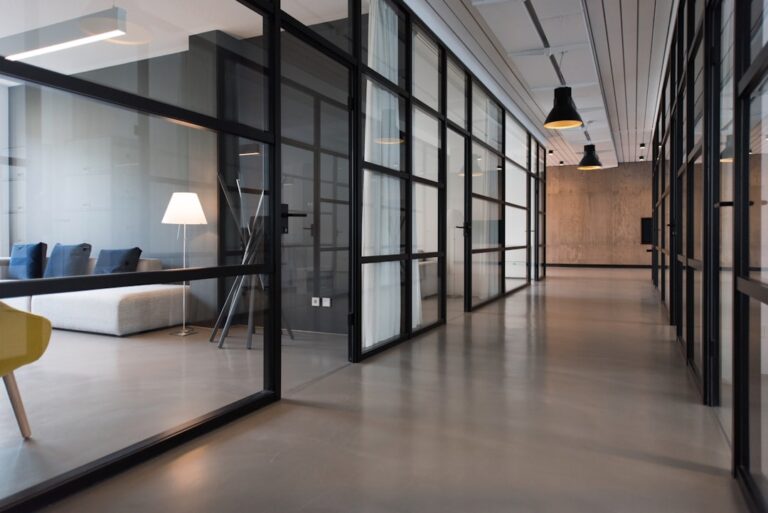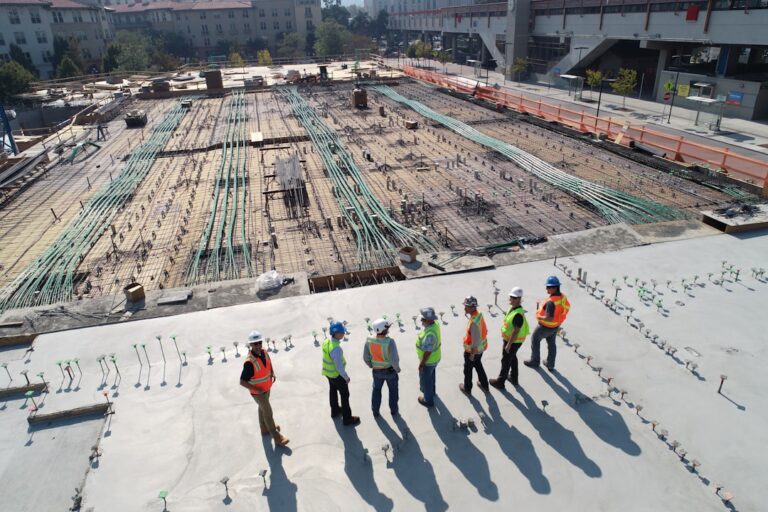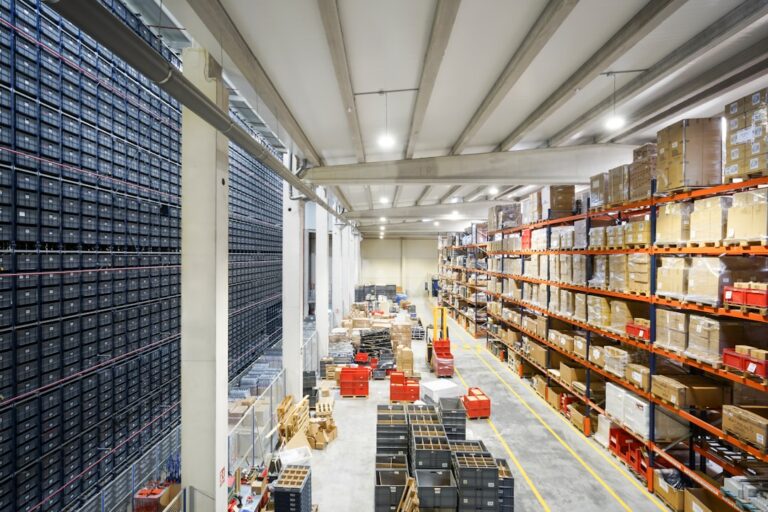In modern construction, the need for durable, flexible, and efficient waterproofing solutions is more critical than ever. One of the most innovative and widely-adopted materials for this purpose is the liquid membrane. This technology provides a seamless and adaptable barrier that protects structures against water ingress, chemical damage, and atmospheric agents, making it essential in both residential and commercial projects.
Liquid membranes are typically applied in a fluid form and cure to create an elastic, continuous film. This makes them ideal for surfaces that are irregular or have complex shapes where traditional sheet membranes may not be practical. They can be applied by brush, roller, or spray, offering versatility during installation and minimizing the risk of seams or overlaps where water might penetrate.
One of the main advantages of a liquid membrane is its ability to conform to the surface it’s applied to, forming a tight bond and maintaining its integrity even as the structure expands or contracts. This flexibility is particularly useful in areas subject to frequent temperature fluctuations or movement, such as rooftops, balconies, and foundation walls.
In addition to providing waterproofing, liquid membranes can also offer resistance to UV rays, abrasion, and even certain chemicals. These properties make them suitable for use in a variety of environments, including industrial settings where exposure to harsh substances is common. When applied correctly and maintained properly, a liquid membrane can significantly extend the life of a structure by preventing water damage, mold growth, and structural decay.
When choosing a liquid membrane, several factors should be considered, including the specific application area, environmental exposure, and compatibility with existing building materials. Some formulations are designed specifically for horizontal surfaces, while others are better suited for vertical applications. Consulting with a professional can help determine the right product for your needs and ensure proper installation.
The use of liquid membranes has grown in popularity due to their ease of application and long-lasting performance. As construction standards continue to evolve, so too do the materials and techniques used to protect buildings from environmental wear and tear. The adaptability and reliability of liquid membranes make them a preferred choice for architects, engineers, and contractors alike.
For those interested in learning more about surface protection technologies and other innovative building solutions, exploring additional resources at this construction materials hub can provide valuable insights. Whether it’s for a new build or a renovation project, understanding the benefits of liquid membranes can lead to smarter, more sustainable construction practices.













